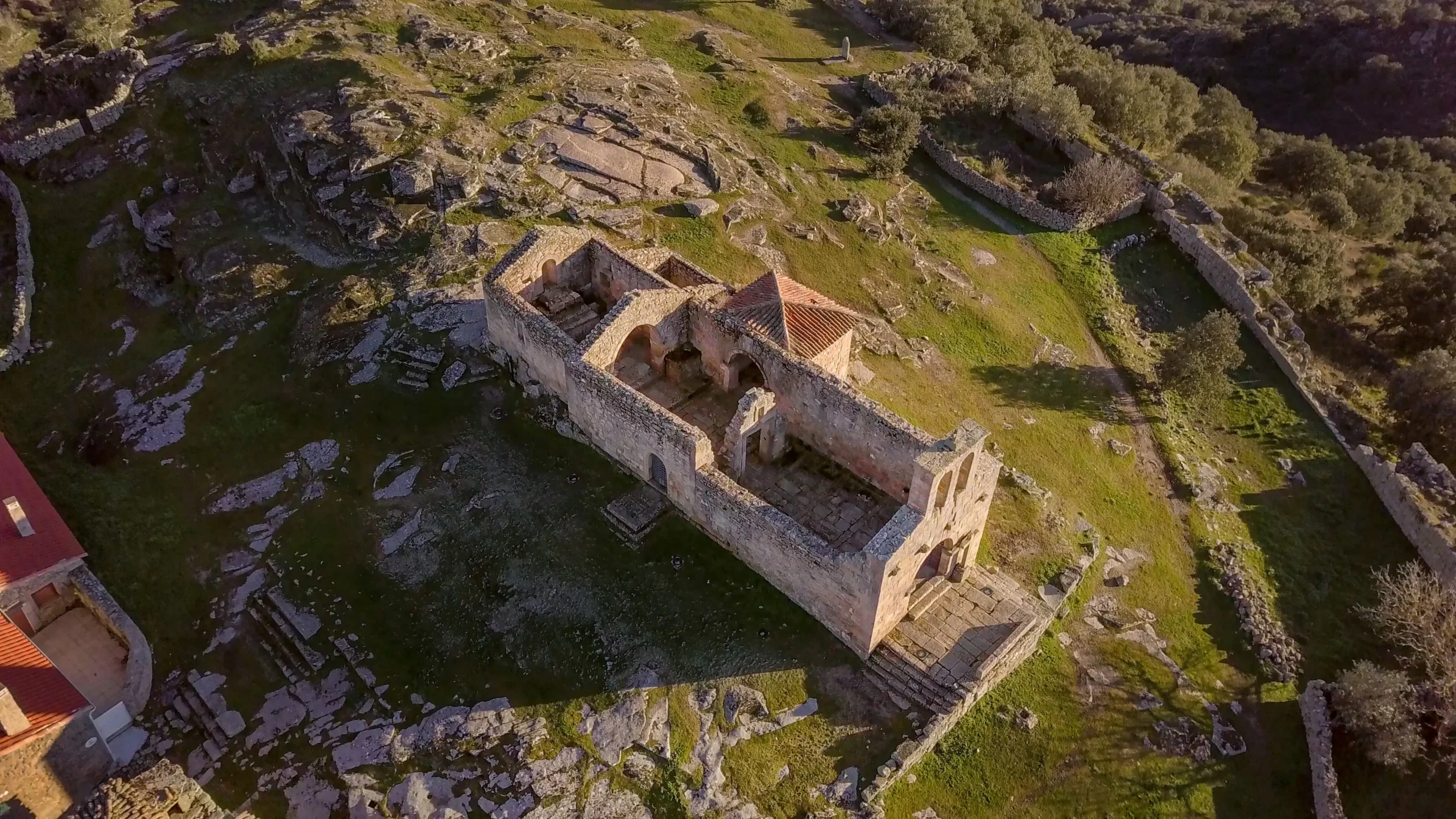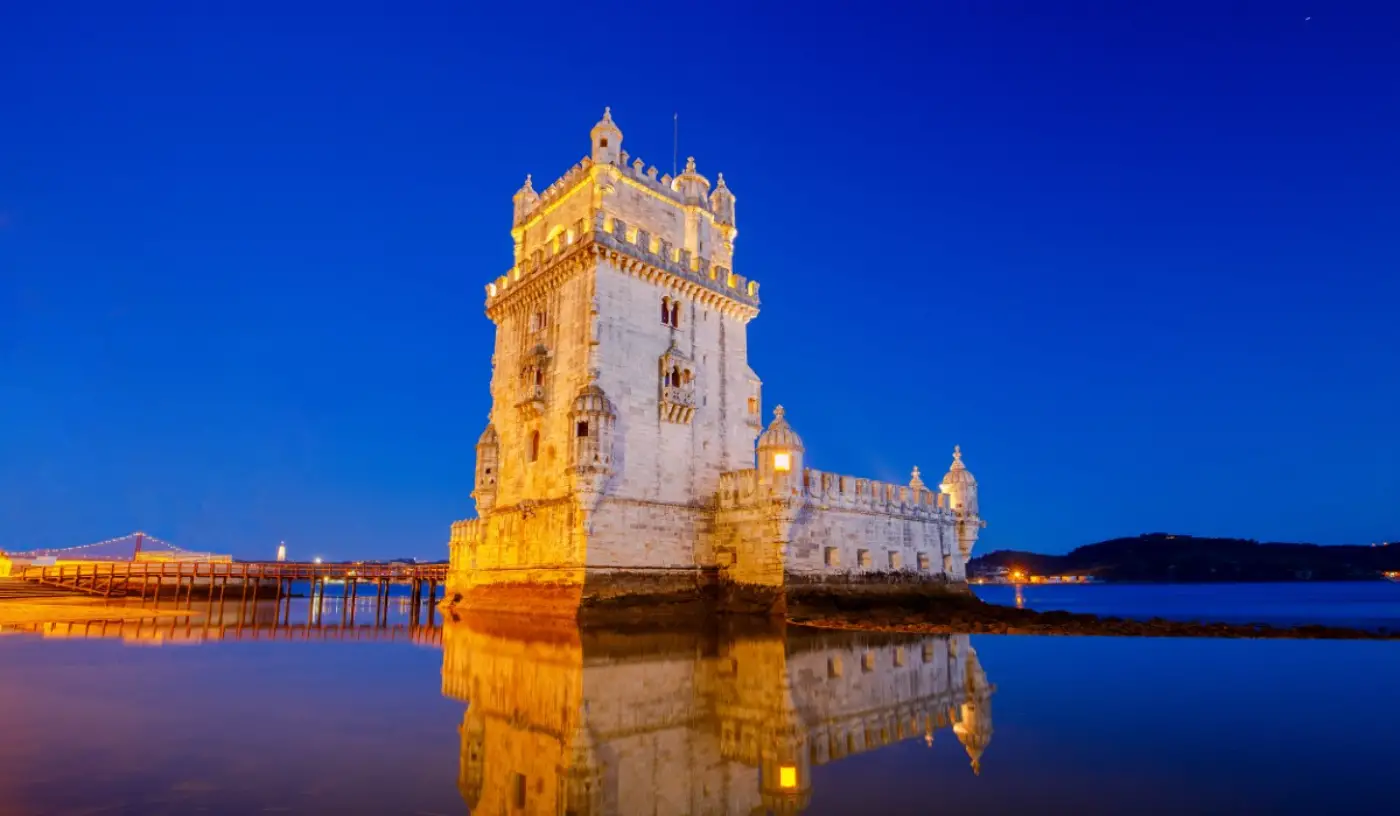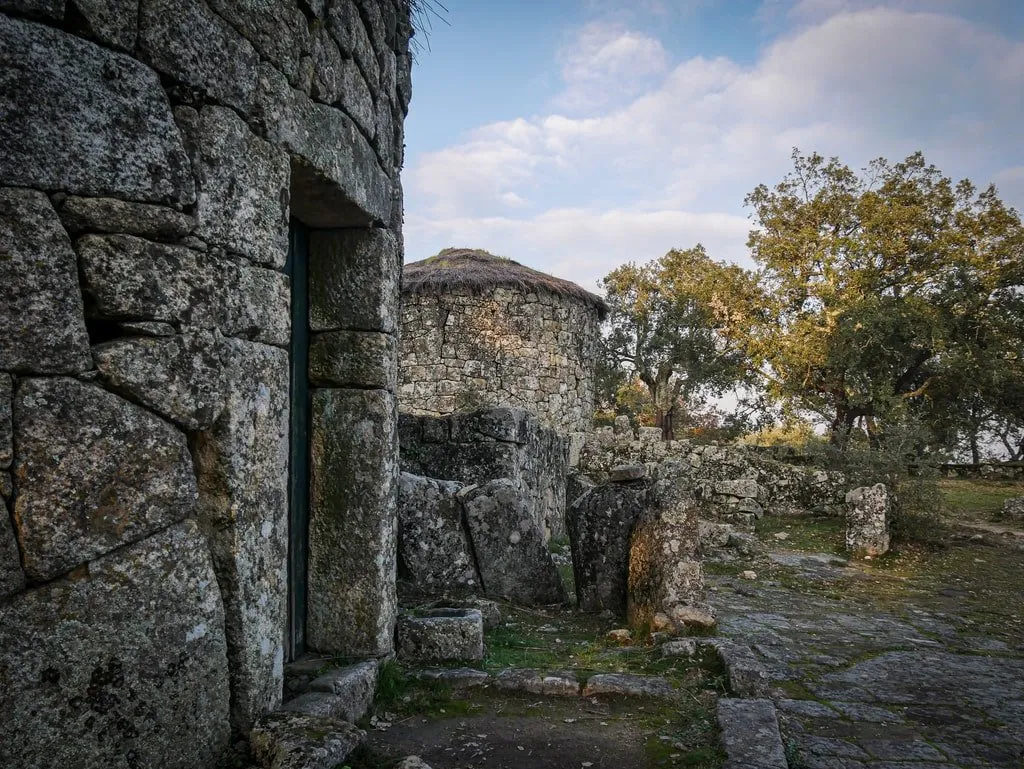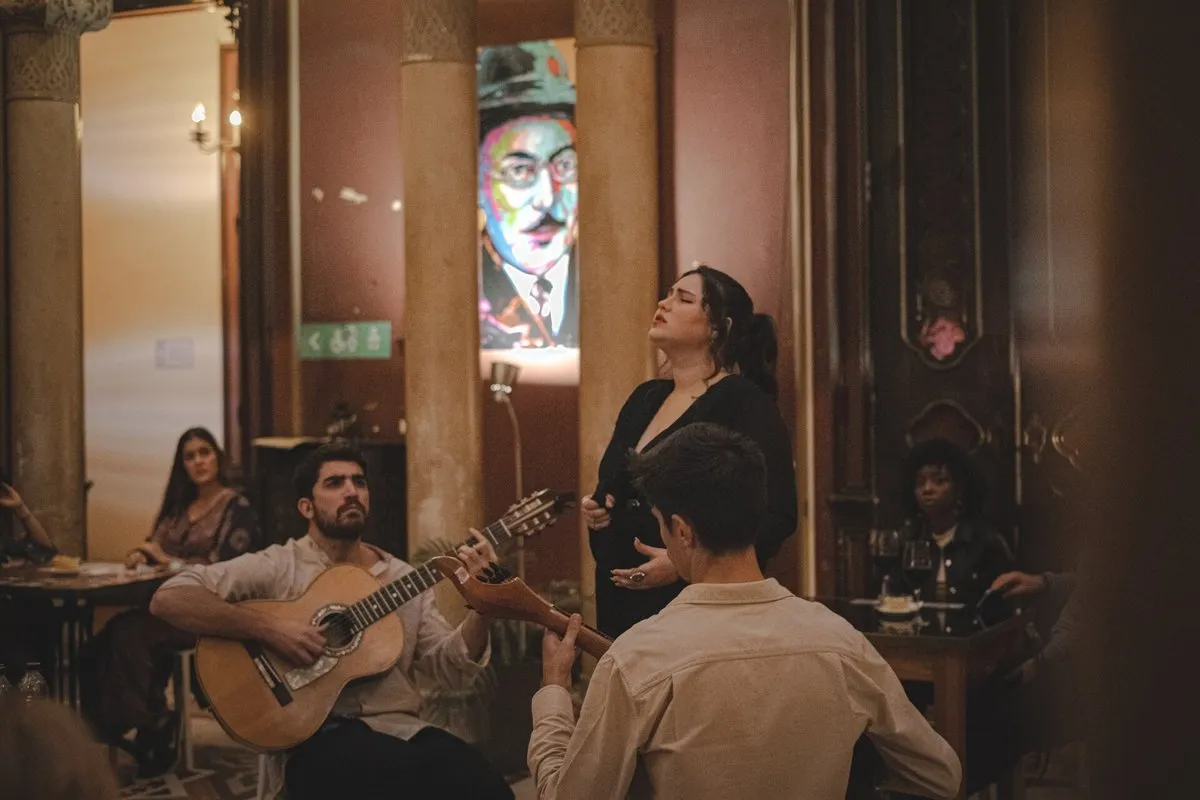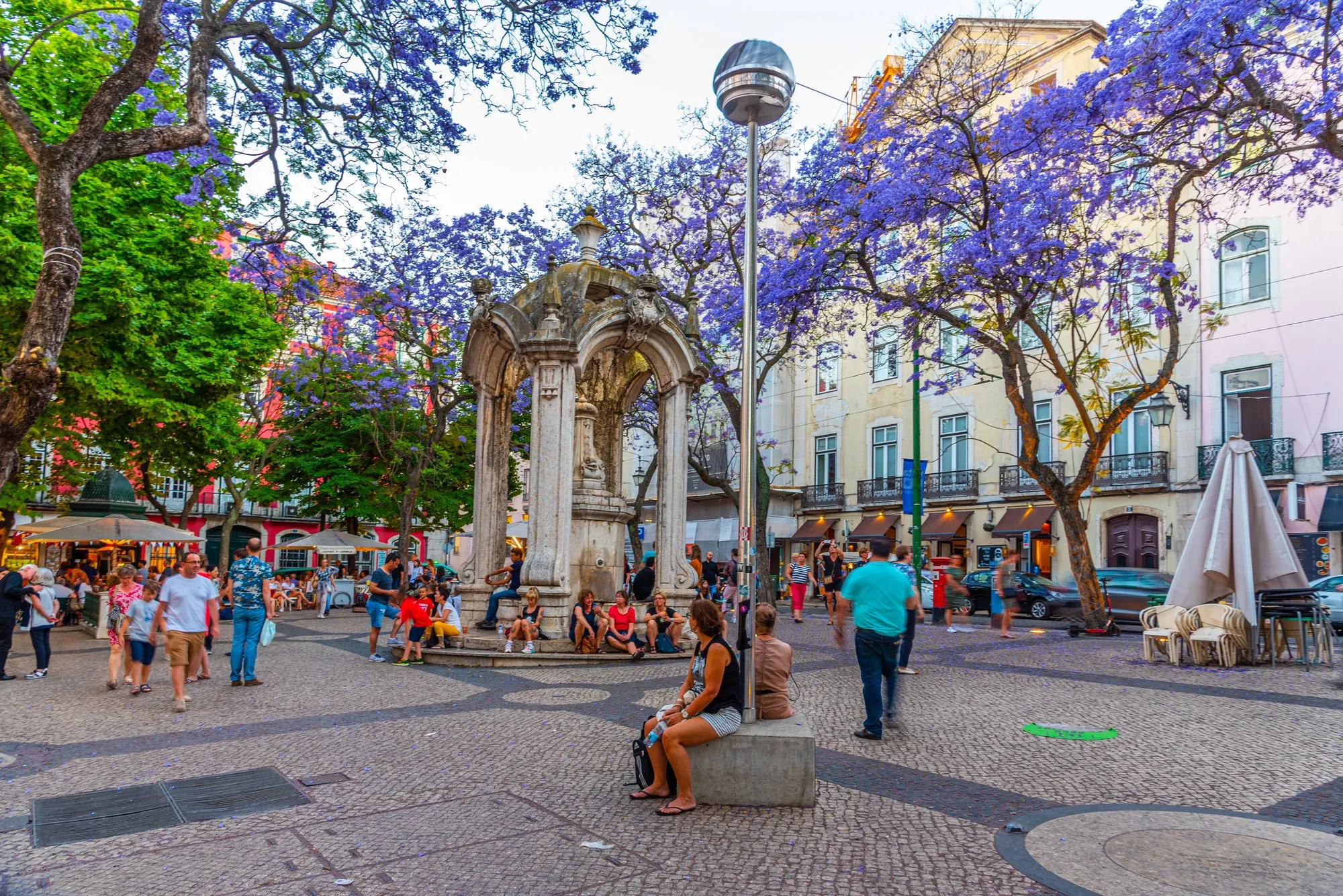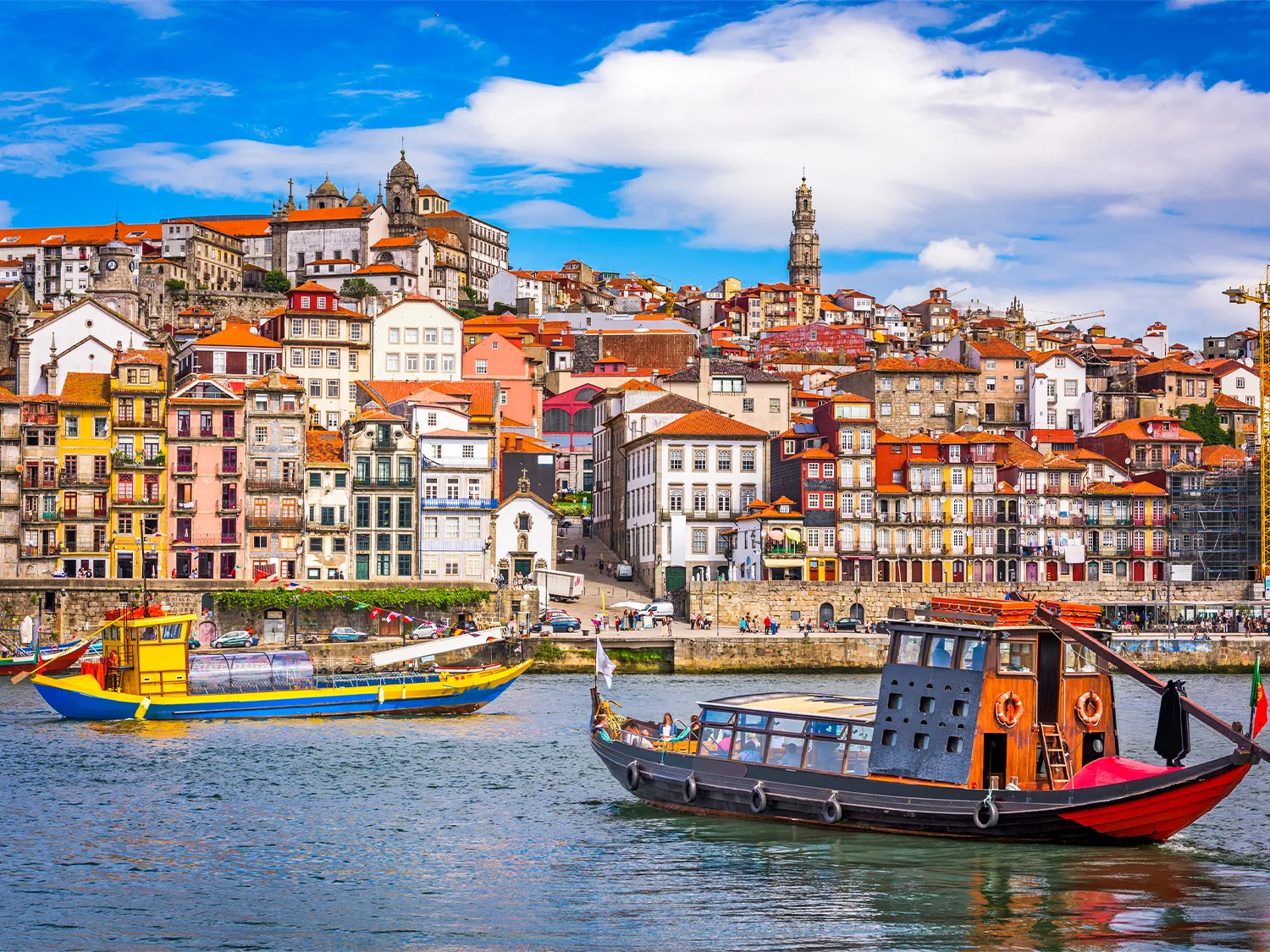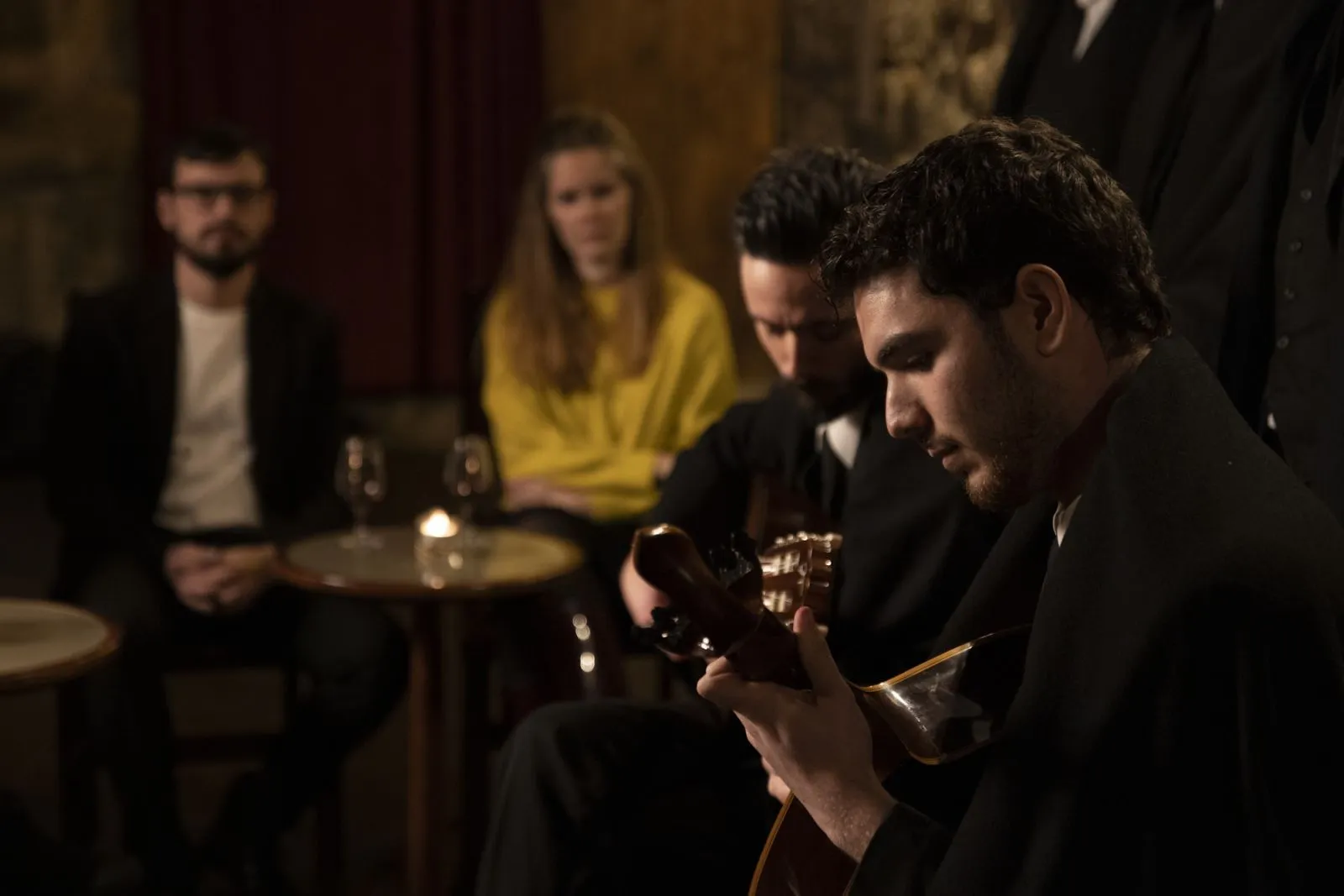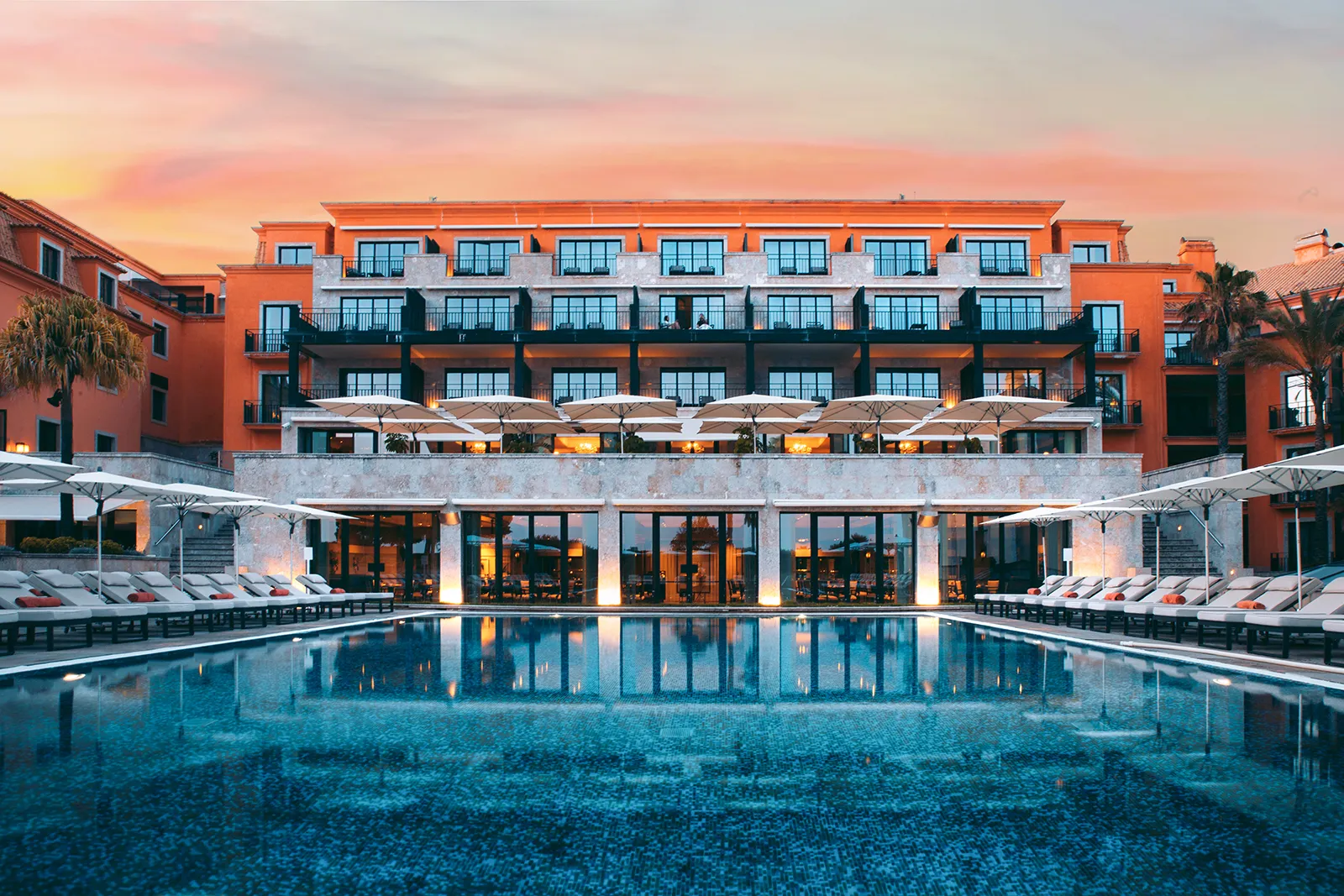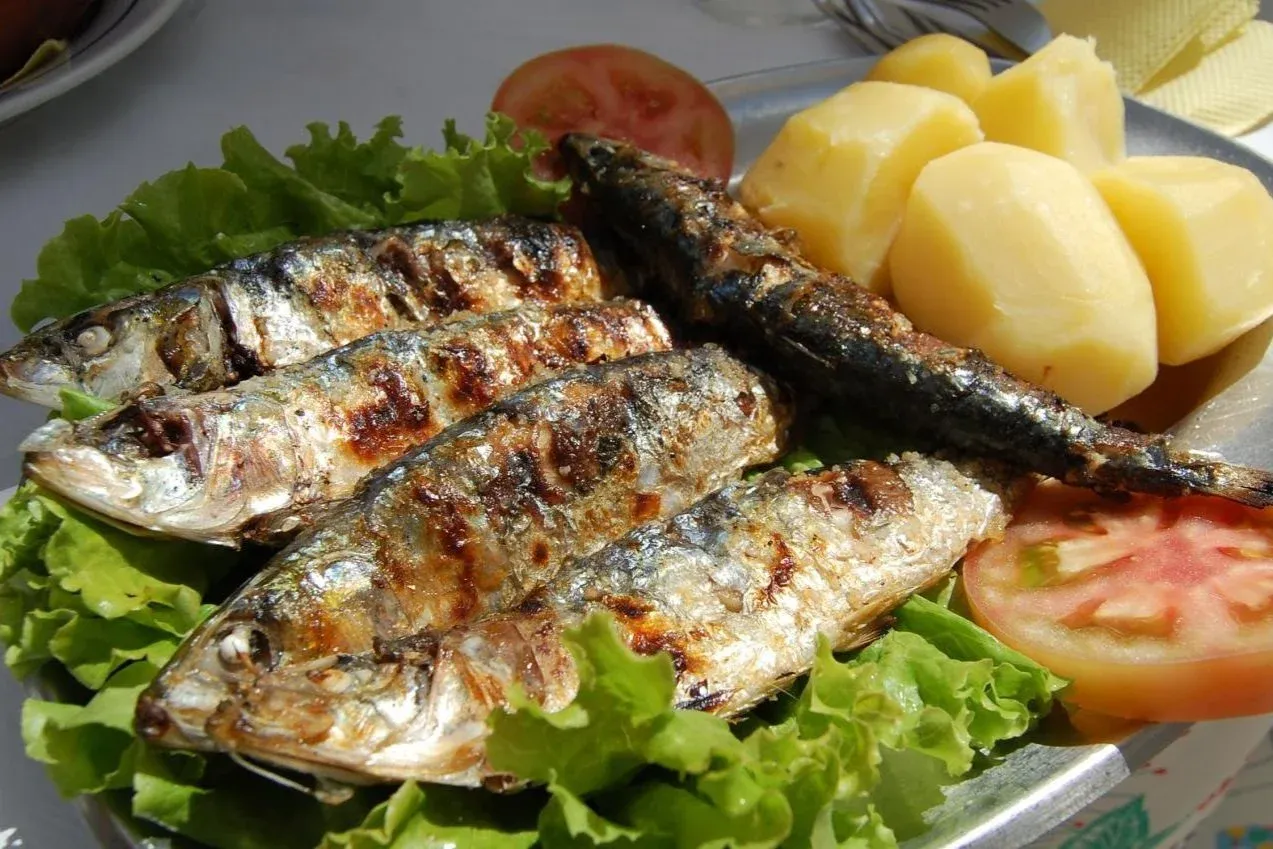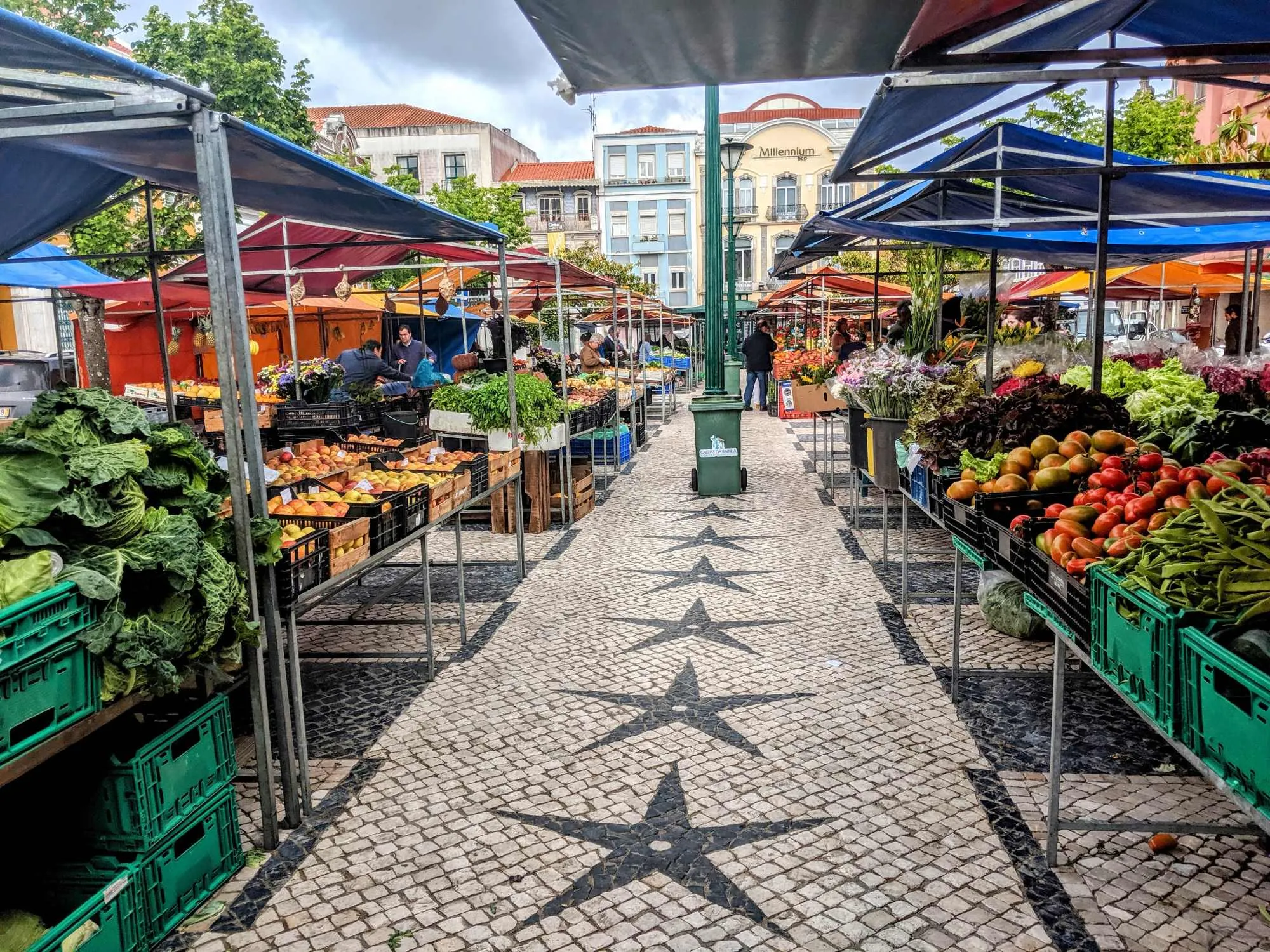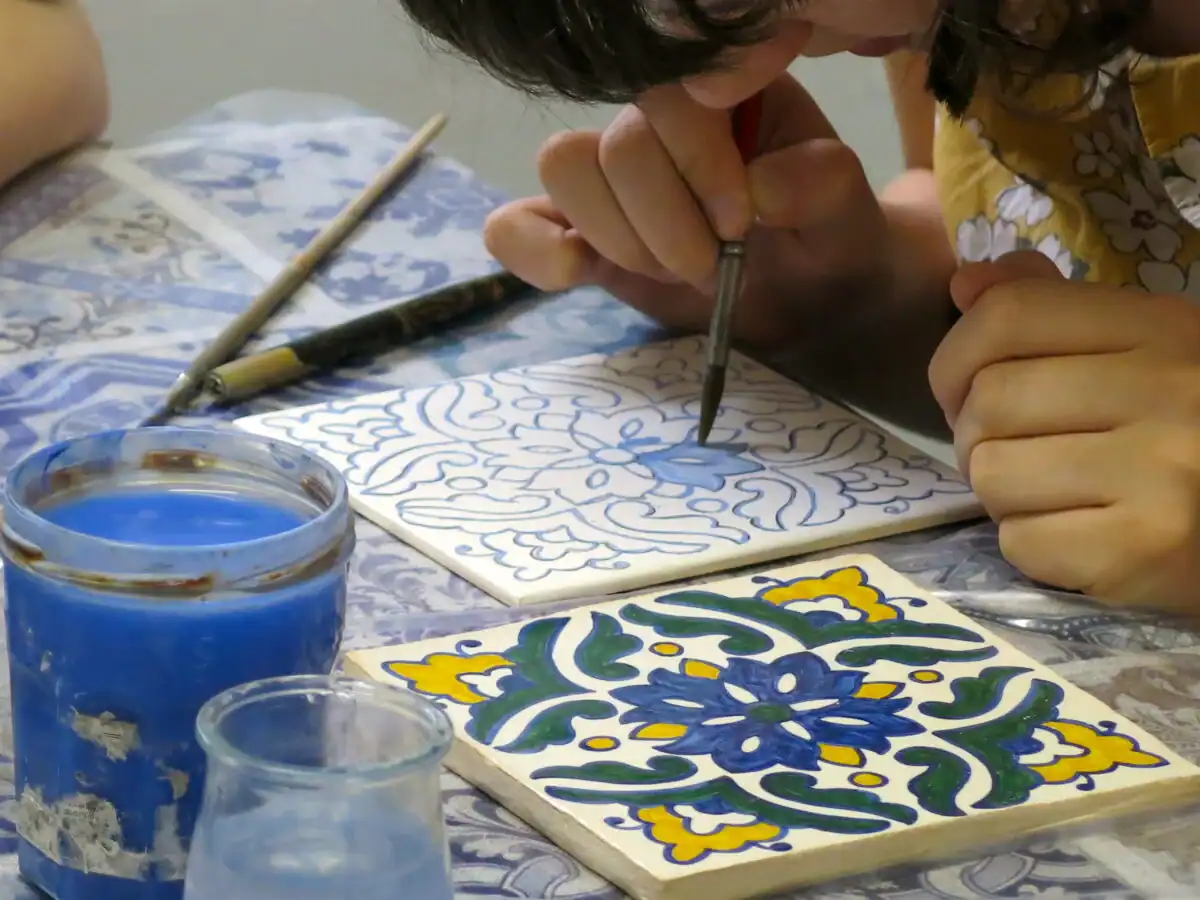Imagine standing in the heart of Lisbon, sunlight warming your face where a Gothic ceiling once soared. Massive stone arches frame a perfect square of blue sky while the sounds of trams and café conversations drift over ancient walls. This is the Carmo Convent, a church left roofless by the great earthquake of 1755. It serves as the perfect metaphor for Portugal history itself: a story of immense grandeur, profound catastrophe, and a poignant, resilient beauty that endures. In Portugal, the past isn’t confined to museums—it’s a living, breathing presence etched into the nation’s fabric, where you can walk, taste, and listen your way through centuries of compelling human drama.
A Timeline of Portuguese History: Titans, Traders & Revolutionaries
Understanding Portugal history requires mapping the nation’s epic journey from prehistoric settlements to modern democracy. The story begins with Celtic tribes inhabiting fortified hillforts, followed by Roman colonization in the 2nd century B.C. when the region became known as Lusitania. The Moorish invasion of 711 brought Islamic culture and architecture until the Christian Reconquista gradually reclaimed the peninsula.
The County of Portugal emerged in the 9th century, growing in power until Afonso Henriques declared himself the first King of Portugal in the 12th century. This set the stage for Portugal’s golden era—the Age of Discoveries in the 15th and 16th centuries. During this period, Portuguese navigators like Vasco da Gama established the world’s first global empire, bringing unimaginable wealth back to Lisbon and funding the unique Manueline architectural style.
Later centuries brought the catastrophic 1755 Lisbon earthquake, Napoleon’s invasions, and the end of the monarchy in 1910. The 20th century was dominated by António de Oliveira Salazar’s 48-year Estado Novo dictatorship, which ended dramatically with the peaceful Carnation Revolution on April 25, 1974, ushering in the modern democratic Portugal we know today.
Echoes of Empire: Experiencing the Age of Discoveries in Belém
The Lisbon district of Belém stands as the monumental heart of Portugal’s Golden Age, where navigators departed for uncharted waters and returned with riches that transformed their nation into a global superpower. Today, this UNESCO World Heritage area serves as a breathtaking open-air museum dedicated to an essential era of exploration in the history of Portugal.
Jerónimos Monastery: A Monument to Discovery, Built in Stone
The Jerónimos Monastery represents the ultimate architectural expression of Portugal’s Golden Age. Commissioned by King Manuel I around 1502 to commemorate Vasco da Gama’s voyage to India, this sprawling limestone masterpiece was built using wealth from the spice trade tax. The construction took nearly a century, resulting in a stunning example of Manueline architecture.
Insider tips suggest arriving right at the 10:00 AM opening time to avoid midday crowds and long queues, with weekdays (especially Tuesdays) offering the most serene experience. Inside, you’ll find Vasco da Gama’s ornate tomb in the Church of Santa Maria, while the two-story cloisters showcase intricate stone carving details. The monks’ refectory features magnificent 18th-century tile panels depicting the life of St. Jerome. However, be prepared for extensive walking on uneven surfaces, so comfortable shoes are essential.
Belém Tower: The Ceremonial Gateway to the World
Rising from the riverbank like a stone caravel ready to set sail, Belém Tower served as both a defensive fortress and a ceremonial gateway to Lisbon between 1514-1520. This UNESCO World Heritage site embodies Portugal’s intimate connection to the ocean, representing the last sight of home for departing sailors and the first sign of safe return.
Visitor experiences vary significantly—many find the ornate Manueline exterior and dramatic riverside setting more impressive than the interior. For many, photography from outside might suffice given the often 45-minute wait times. Those who venture inside navigate a narrow spiral staircase with an amusing traffic light system managing visitor flow between the tower’s five levels. The interior features everything from the lower cannon battery to the elegant King’s Chamber with its decorative balcony overlooking the Tagus River.
Decoding Manueline Architecture: The Language of the Sea
The unique Manueline architectural style defines both major Belém monuments, representing Portugal’s late-Gothic celebration of maritime discovery and newfound wealth. This ornate, nautical-themed style adorns standard Gothic frameworks with elaborate seafaring and naturalistic motifs, treating architecture as monumental sculpture.
Key Manueline elements include the Armillary Sphere (King Manuel I’s personal navigational emblem), twisted ropes and knots carved into columns and arches, the Cross of the Order of Christ (emblazoned on Portuguese caravel sails), and exotic flora and fauna from newly discovered lands. Most famously, Belém Tower features a detailed rhinoceros carving commemorating an animal brought from India in 1515, while artichokes and corn from the New World appear throughout the stonework.
Uncovering Ancient Portugal: From Roman Ruins to Celtic Forts
Long before Lisbon became an imperial capital, the land hosted ancient cultures whose legacies remain visible today. Journeying to these archaeological sites reveals the pre-Roman tribes and Roman colonizers who first shaped this corner of the Iberian Peninsula, offering a glimpse into ancient Portuguese history.
Before Portugal: The Iron Age Hillforts of the North
Northern Portugal’s Minho region contains numerous castro settlements—fortified hill communities built by Celtic tribes over 2,500 years ago. These strategic defensive positions represent the “Castro culture” that predated Roman arrival.
Citânia de Briteiros, located between Guimarães and Braga, offers the most impressive and atmospheric experience. This 60-acre site features over 150 excavated stone huts (mostly circular) connected by paved stone paths, enclosed by multiple defensive walls, and including a bathhouse with a striking patterned stone doorway. Two 19th-century reconstructed huts provide tangible glimpses of ancient life. Visiting requires careful planning—a car is essential for reaching the remote hilltop location, and sturdy walking shoes are necessary for the uneven, rocky paths. Many significant artifacts are housed in Guimarães museums, making a combined visit highly rewarding.
Lusitania: Life in a Roman Province
Roman arrival in the 2nd century B.C. transformed the region into the Lusitania province, named after the fiercely resistant Lusitani tribes led by the legendary warrior Viriatus. Roman integration was so complete that “Portugal” derives from Portus Cale, a Roman settlement near the mouth of the Douro River.
The Roman Ruins of Troia, located on a sandy peninsula south of Lisbon, reveal not military installations or luxury villas, but the largest known fish-salting center in the entire Roman Empire. Operating from the 1st to 6th centuries A.D., this massive industrial complex processed Atlantic fish for salted fish and garum (fermented fish sauce) export across the empire. Today’s visitors can explore extensive salting tank ruins, factories, tombs, and an impressive bathhouse complex. Knowledgeable guides bring the site’s impressive scale to life, though some visitors note its underdeveloped nature, with much remaining unexcavated and no on-site artifact museum.
The Soul of Portugal: History You Can Taste and Hear
Portugal’s most profound historical connections come through taste and sound, with two cultural traditions offering direct sensory links to the nation’s past: the iconic pastel de nata and the soulful music of Fado.
Pastéis de Nata: A Secret Recipe Born from a Monastery
Portugal’s famous custard tart connects directly to the Jerónimos Monastery. This iconic sweet is an edible piece of Portugal history, created in the early 19th century by Catholic monks who used surplus egg yolks (after using whites for starching clothes and clarifying wine). The rich custard recipe remained a monastery secret for years.
The Liberal Revolution of 1820 and the subsequent 1834 dissolution of religious orders forced the monks to sell their tarts publicly. In 1837, they sold the secret recipe to a nearby sugar refinery, which opened the Fábrica de Pastéis de Belém—still the only place producing the original Pastéis de Belém today. Visiting this historic bakery reveals meticulous traditional processes: hand-shaped flaky pastry, custard ingredients measured in the famous “Secret Office” known by only seven people worldwide, and baking in 400°C ovens. The authentic experience requires eating them fresh and warm, often sprinkled with cinnamon and powdered sugar.
Fado: The Sound of ‘Saudade’ and the Sea
If pastéis de nata represent the taste of Portuguese heritage, Fado provides its sound. This traditional musical genre expresses the Portuguese soul through the concept of saudade—a deep, melancholic longing for lost persons, places, or times. Emerging from 19th-century working-class Lisbon districts like Alfama and Mouraria, Fado tells stories of life’s hardships, love, loss, and sailors who departed never to return.
Typical performances feature a solo fadista accompanied by a classical guitar (viola) and the distinctive 12-string Portuguese guitar (guitarra). For authentic experiences, dinner-and-show venues like Adega Machado and O Faia offer high-quality performances, while intimate bars (tascas) in Alfama provide more traditional settings. Clube de Fado and Mesa de Frades offer chances to hear renowned artists in respectful atmospheres where the music takes center stage.
Scars and Rebirth: Confronting Portugal’s 20th Century
Portugal’s modern history dramatically unfolds from prolonged authoritarianism to sudden democratic rebirth. Travelers can walk through the very locations in Lisbon where the nation’s destiny was reshaped.
The Estado Novo: Forty-Eight Years of Silence
From 1933 to 1974, Portugal endured the Estado Novo (“New State”), a conservative, corporatist, authoritarian regime. Its architect, António de Oliveira Salazar, consolidated near-total power, promoting traditional Catholic values while severely curtailing political freedoms through banned opposition parties, heavy press censorship, and the feared PIDE political police. The regime’s core tenet involved perpetuating Portugal’s colonial empire while other European powers decolonized, a policy that led to costly colonial wars and ultimately catalyzed the regime’s downfall.
April 25, 1974: The Day of the Carnations
The dictatorship ended swiftly and peacefully through a military coup organized by the Armed Forces Movement (MFA)—junior officers disillusioned by colonial wars and political oppression. The revolution began when radio stations broadcast the banned song “Grândola, Vila Morena,” signaling military units to take strategic positions throughout Lisbon.
Civilians poured into the streets to support the soldiers, transforming the coup into a popular revolution. The event earned its “Carnation Revolution” name when a restaurant worker, Celeste Caeiro, began placing carnations into soldiers’ rifle barrels, creating an enduring symbol of peaceful democratic transition. Within hours, Prime Minister Marcelo Caetano surrendered, ending Western Europe’s longest-surviving authoritarian regime. This moment is a pivotal chapter in modern Portugal history.
A Revolutionary’s Walking Tour of Lisbon
Tracing the revolutionaries’ footsteps through Lisbon creates a powerful connection to this pivotal moment: Start at Terreiro do Paço (Praça do Comércio), where MFA forces led by Captain Salgueiro Maia converged. Walk up Rua do Arsenal, the site of tense confrontations. Continue to Rossio Square, which filled with cheering civilians.
The climax occurs at Largo do Carmo, where Caetano took refuge in the National Republican Guard headquarters. Surrounded by troops and massive crowds, he surrendered here, formally ending the dictatorship. A small ground plaque marks where Maia’s armored vehicle stood. A somber stop at Rua António Maria Cardoso reveals the former PIDE/DGS headquarters, where secret police agents fired on unarmed crowds, killing four people—the revolution’s only Lisbon fatalities.
Planning Your Historical Journey: A Practical Guide
Sample Itineraries for the History Buff
The 3-Day Lisbon History Immersion:
- Day 1: Dedicate the day to the Age of Discoveries in Belém. Visit Jerónimos Monastery and Belém Tower in the morning, the Monument to the Discoveries in the afternoon, and end at Fábrica de Pastéis de Belém.
- Day 2: Explore ancient and medieval Lisbon. Start at St. George’s Castle, wind through the Alfama district to Lisbon Cathedral, then explore the Pombaline Baixa district and Carmo Convent ruins.
- Day 3: Undertake the Revolutionary Walking Tour in the morning. Experience traditional Fado in an Alfama or Bairro Alto venue in the evening.
The 7-Day Journey Through Time:
- Days 1-3: Follow the Lisbon History Immersion itinerary.
- Day 4: Take a day trip to Sintra for 19th-century Romanticism at Pena National Palace and the mysterious Quinta da Regaleira.
- Day 5: Head to the Tróia Peninsula via the Setúbal ferry to explore the vast Roman Ruins.
- Days 6-7: Use Porto as a base to explore the historic Ribeira district and take a day trip to Guimarães (“the birthplace of Portugal”) and the nearby Citânia de Briteiros Iron Age settlement.
Portugal’s cheapest vacation months are during the shoulder seasons (March-May and September-October), featuring pleasant weather and lower hotel rates. English is widely spoken at major historical sites. Portugal maintains excellent safety records for travelers, with petty crime like pickpocketing being the primary concern in crowded areas.
Returning to the image of Carmo Convent, with its stone arches open to the sky, we see the essence of Portugal history—a narrative of discovery and loss, catastrophic endings, and resilient new beginnings. This story isn’t sealed off but continues unfolding. From misty Celtic hillforts to sun-drenched imperial monuments, the past remains an ever-present force shaping the nation’s landscape, culture, and soul. By visiting these sites, tasting these foods, and listening to these songs, you engage directly with a living history, becoming part of its continuing story.
Read more:
